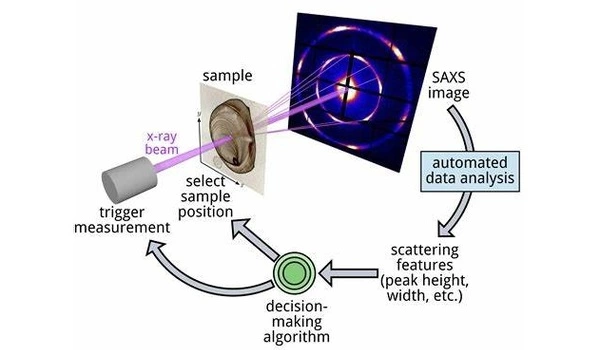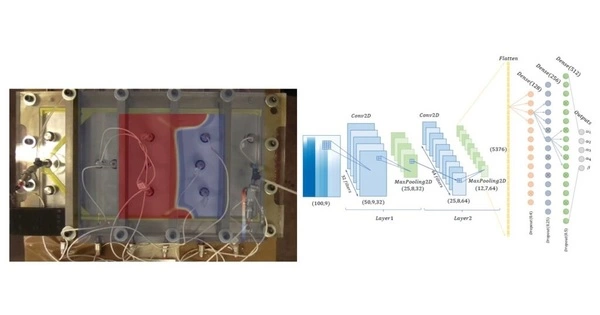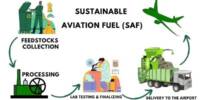Discovering new energy materials more efficiently via an AI-guided workflow is a fascinating and quickly increasing subject of study. NOMAD Laboratory scientists at the Max Planck Society’s Fritz Haber Institute recently presented a workflow that can greatly expedite the search for innovative materials with superior qualities. They demonstrated the approach’s effectiveness by identifying more than 50 materials that are highly thermally insulating. These can help to alleviate the ongoing energy crisis by enabling more efficient thermoelectric elements, i.e., devices that can transform otherwise wasted heat into useable electrical voltage.
Discovering innovative and dependable thermoelectric materials is critical for utilizing the more than 40% of energy emitted as waste heat globally and aiding in the mitigation of the mounting difficulties of climate change. Reducing a material’s thermal conductivity, and so maintaining the temperature gradient required to generate electricity, is one technique to boost its thermoelectric efficiency.
The cost of investigating these features, however, confined computational and experimental inquiries to a small sample of all potential materials. NOMAD Laboratory researchers have made an effort to lower these expenses by developing an AI-guided approach that hierarchically screens out materials in order to efficiently uncover new and superior thermal insulators.
The sure-independence screening and sparsifying operator (SISSO) technique is utilized to accomplish this. SISSO is a machine learning method that reveals the fundamental dependencies between different material properties from a set of billions of possible expressions.
The research, which was recently published in the journal npj Computational Materials, provides a novel approach to employing Artificial Intelligence (AI) to drive the high-throughput search for new materials. Instead of using physical/chemical intuition to screen out materials based on general, known, or suspected patterns, the new technique uses advanced AI methods to understand the conditions that lead to the desired output. This research has the potential to quantify the hunt for novel energy materials and improve its efficiency.
In this situation, the initial step in building these processes is to apply advanced statistical and AI algorithms to approximate the target attribute of interest. The sure-independence screening and sparsifying operator (SISSO) technique is utilized to accomplish this. SISSO is a machine learning method that reveals the fundamental dependencies between different material properties from a set of billions of possible expressions.
Compared to other “black-box” AI models, this approach is similarly accurate, but additionally yields analytic relationships between different material properties. This allows us to apply modern feature importance metrics to shed light on which material properties are the most important. In the case of κ, these are the molar volume, Vm; the high-temperature limit Debye Temperature, θD,∞; and the anharmonicity metricfactor, σA.

Furthermore, the described statistical analysis allows to distill out rule-of-thumbs for the individual features that enable to a priori estimate of the potential of a material to be a thermal insulator. Working with the three most important primary features allowed to create AI-guided computational workflows for discovering new thermal insulators. These workflows use state-of-the-art electronic structure programs to calculate each of the selected features.
During each step materials were screened out that are unlikely to be good insulators based on their values of Vm, θD,∞, and σA. With this, it is possible to reduce the number of calculations needed to find thermally insulating materials by over two orders of magnitude. In this work, this is demonstrated by identifying 96 thermal insulators (κ < 10 Wm-1K-1) in an initial set of 732 materials. The reliability of this approach was further verified by calculating κ for 4 of these predictions with highest possible accuracy.
Besides facilitating the active search for new thermoelectric materials, the formalisms proposed by the NOMAD team can be also applied to solve other urgent material science problems.
















